Table of content
Chinese chives, known as jiu cai in Mandarin, are a beloved ingredient in Asian cuisine, prized for their vibrant green hue, mild garlic flavor, and versatile texture. Whether tossed into dumplings, blended into savory pancakes, or stir-fried as a standalone dish, mastering the cooking time for chives is essential to unlock their full potential. The question “How long does it take to stir-fry Chinese chives?” seems straightforward, but the answer hinges on factors like heat intensity, pan material, and desired texture. This article delves into the science and technique behind achieving perfectly cooked chives, ensuring they retain their bright color, crisp texture, and aromatic appeal.
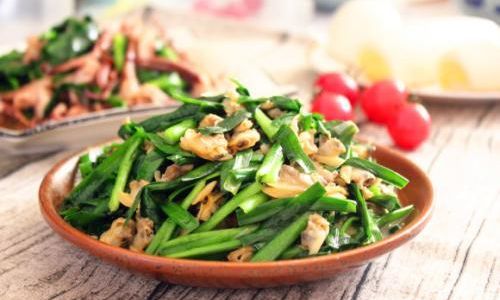
Understanding Chinese Chives: A Brief Introduction
Before diving into cooking times, it’s crucial to understand the vegetable itself. Chinese chives (Allium tuberosum) differ from their Western counterparts (common chives, Allium schoenoprasum) in both appearance and flavor. While Western chives are thin, delicate, and mild, Chinese chives are flatter, wider, and boast a subtle garlic-onion hybrid taste. They grow in clusters of hollow, grass-like leaves and are often sold in bundles at markets. Their high water content makes them quick to cook but prone to overcooking, which can result in a mushy texture and loss of flavor.
The Science of Stir-Frying: Heat and Time
Stir-frying is a high-heat, quick-cooking method that preserves the natural colors, textures, and nutrients of vegetables. The goal is to cook food rapidly over intense heat, typically in a wok or skillet, while stirring constantly to prevent burning. For Chinese chives, the ideal cooking time balances tenderizing the leaves without reducing them to a soggy mass.
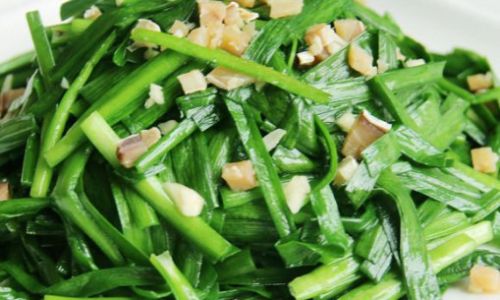
Key Factors Influencing Cooking Time
- Heat Source: Gas stoves provide instant, adjustable heat, while electric stoves or induction cooktops may require preheating and offer slightly slower response times.
- Pan Material: Woks (traditional carbon steel or modern stainless steel) distribute heat efficiently, while nonstick pans may retain less heat but require lower temperatures to avoid damaging the coating.
- Chive Preparation: Chives can be cooked whole, chopped into 2-3 inch segments, or minced. Smaller pieces cook faster.
- Batch Size: Overcrowding the pan lowers the temperature and increases cooking time, as vegetables release moisture and steam instead of searing.
Step-by-Step Guide to Stir-Frying Chinese Chives
Preparation
- Washing and Drying: Rinse chives under cold water to remove dirt. Pat dry thoroughly with a kitchen towel or salad spinner. Excess moisture will steam the chives instead of stir-frying them.
- Cutting: Trim the tough ends (about ½ inch) and chop into uniform lengths. Uniformity ensures even cooking.
- Aromatics: Prepare garlic, ginger, or chili flakes if using. These are typically added early to infuse the oil with flavor.
Heating the Pan
- Wok Users: Place the wok over high heat for 1-2 minutes until a drop of water evaporates instantly. Add 1-2 tablespoons of oil (peanut, vegetable, or sesame) and swirl to coat the surface.
- Skillet Users: Preheat a stainless steel or cast-iron skillet over medium-high heat for 3-4 minutes. Add oil and tilt the pan to distribute.
Cooking Process
- Aromatics First: Add minced garlic or ginger and stir-fry for 10-15 seconds until fragrant but not browned.
- Adding Chives: Toss in the chives and stir immediately to coat them in oil. Use a spatula or tongs to lift and turn the chives continuously.
- Heat Management: If using a wok, maintain high heat. For skillets, adjust to medium-high to prevent scorching.
Monitoring Doneness
- Visual Cues: Raw chives are bright green and slightly stiff. As they cook, they wilt slightly and darken to a deeper emerald hue.
- Texture Test: After 1-2 minutes, sample a piece. It should be tender yet still retain a slight crunch. Overcooked chives become limp and grayish.
- Timing Guidelines:
- Whole Leaves: 2-3 minutes.
- Chopped (2-inch segments): 1.5-2 minutes.
- Minced: 1 minute or less.
Seasoning and Finishing
- Soy Sauce or Salt: Add a splash of light soy sauce or a pinch of salt during the last 30 seconds. Toss to combine.
- Optional Additions: Sprinkle with toasted sesame seeds, oyster sauce, or a dash of rice vinegar for complexity.
- Serving: Transfer immediately to a plate to halt cooking. Overcooking can occur from residual heat.
Common Mistakes and How to Avoid Them
- Overcrowding the Pan: Cook in batches if necessary. A crowded pan lowers the temperature, leading to steaming and soggy chives.
- Using Low Heat: Insufficient heat results in pale, waterlogged chives. Maintain high heat for proper searing.
- Adding Liquid: Avoid water or stock, as this steams the chives. Use oil and aromatics for flavor.
- Ignoring Uniformity: Unevenly cut chives cook at different rates, leading to some pieces being overdone and others raw.
- Overseasoning Early: Salt draws out moisture, which can soften the chives. Add salt or soy sauce at the end.
Advanced Tips for Perfect Chives
- Blanching (Optional): For dishes like chive dumplings, blanch whole chives in boiling water for 10 seconds, then shock in ice water. This softens them slightly before stir-frying.
- Combining with Proteins: When stir-frying chives with meat or tofu, cook the protein first, set it aside, then stir-fry the chives separately. Recombine both at the end to avoid overcooking.
- Using a Lid: Rarely needed for chives, but if using a skillet, a quick 30-second lid placement can help wilt thicker stems without overcooking.
- Flavor Pairings: Experiment with complementary ingredients like scrambled eggs, dried shrimp, or fermented black beans.
Cultural Context and Regional Variations
In Chinese cuisine, chives are celebrated during spring festivals as a symbol of renewal. In Northern China, they’re often paired with eggs in pancakes or dumplings, while Southern recipes might feature them with shrimp or preserved radish. The cooking time remains consistent across regions, but textures vary: some prefer a crisper bite, while others favor a softer finish.
Conclusion: The Pursuit of Perfection
Mastering the cooking time for Chinese chives is a blend of science and intuition. While the general guideline is 1-3 minutes, factors like pan type, heat, and personal preference play roles. The key is to stay vigilant—watch for color changes, test texture frequently, and serve immediately. With practice, you’ll learn to gauge doneness by sight and sound, achieving chives that are tender, vibrant, and bursting with flavor. Whether you’re a home cook or a seasoned chef, the humble chive offers a lesson in patience and precision, reminding us that even the simplest dishes demand attention to detail. So next time you wield a wok, remember: greatness lies not just in the ingredients, but in the moments you dedicate to perfecting them.
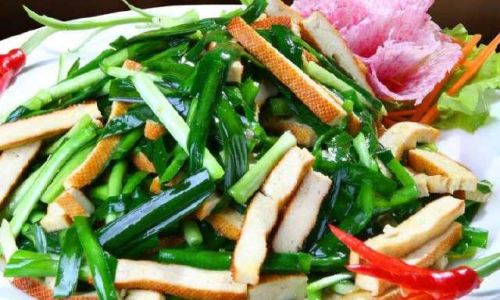
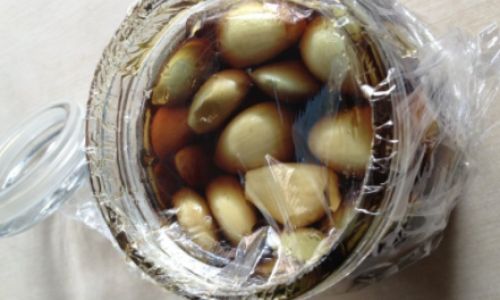
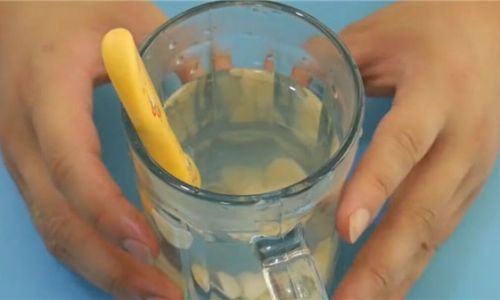
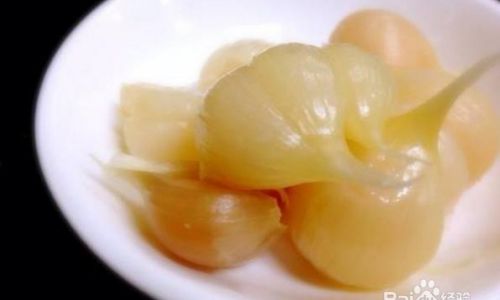
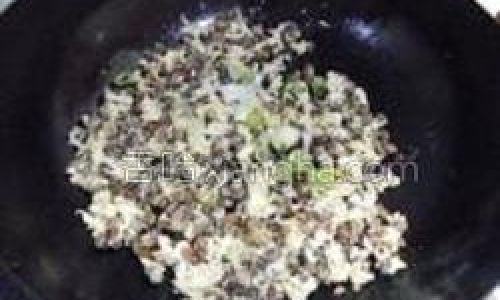
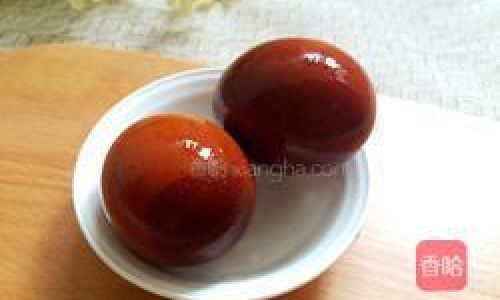
0 comments